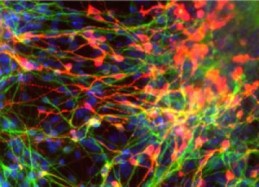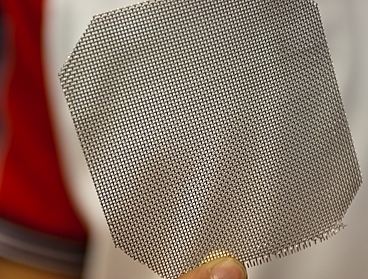Water Cooler Genius
The world is like a giant water cooler, just trying to start the conversation
7.23.2012
Microcomputers within our bodies: evolutions next step?
7.03.2012
7.02.2012
6.09.2011
5.31.2011
Investing in higher education...the entrepreneurial way
5.16.2011
5.09.2011
Smart phones evolved from laptops which are evolving from smart phones
 "certain aspects of desktop and laptop operating systems start imitating the little upstarts that had initially imitated them... Apple's Mac OS X Lion (which I includes the Mac App Store, full-screen apps, and multitouch gestures."(HP has webOS, Microsoft with Windows 8 is far behind in the field)
"certain aspects of desktop and laptop operating systems start imitating the little upstarts that had initially imitated them... Apple's Mac OS X Lion (which I includes the Mac App Store, full-screen apps, and multitouch gestures."(HP has webOS, Microsoft with Windows 8 is far behind in the field)COMPUTING
The Desktop Is Turning Mobile
5.04.2011
The Evolution of Global Learning
4.26.2011
Water into wine...Stem cells into neurons
Stable, self-renewing neural stem cells created
Researchers at the University of California, San Diego School of Medicine, the Gladstone Institutes in San Francisco and colleagues have reported the creation of long-term, self-renewing, primitive neural precursor cells from human embryonic stem cells (hESCs) that can be directed to become many types of neurons without increased risk of tumor formation.

Harvesting water from fog
Fog harvesting for water
 In some field tests, fog harvesters have captured one liter of water (roughly a quart) per one square meter of mesh, per day. Chhatre is conducting laboratory tests to improve the water collection ability of existing meshes.
In some field tests, fog harvesters have captured one liter of water (roughly a quart) per one square meter of mesh, per day. Chhatre is conducting laboratory tests to improve the water collection ability of existing meshes.Mesh being tested for use on fog-harvesting devices (credit: Patrick Gillooly)
4.25.2011
The NFL Lockout is finally over
 If the stay is not granted, the N.F.L. will have to put rules in place allowing players to return to work and free agency to open within days, creating a flurry of activity similar to the normal operations of an off-season. Teams will be allowed to hold workouts with players, players will be permitted to meet with trainers to rehabilitate injuries and coaches to study game film.
If the stay is not granted, the N.F.L. will have to put rules in place allowing players to return to work and free agency to open within days, creating a flurry of activity similar to the normal operations of an off-season. Teams will be allowed to hold workouts with players, players will be permitted to meet with trainers to rehabilitate injuries and coaches to study game film.NY Times article:
http://www.nytimes.com/2011/04/26/sports/football/26nfl.html?emc=na
Judge Grants Injunction to End N.F.L. Lockout, Pending Appeal
By JUDY BATTISTA
April 25, 2011
4.22.2011
Feel the drugs working
4.14.2011
First Watson conquered the world of Jeopardy, now he's taking on the jobs of doctors and nurses
Crustaceans to the rescue
Researchers from North Carolina State University have found that a combination of forest byproducts and crustacean shells may be the key to removing radioactive materials from drinking water.
“As we’re currently seeing in Japan, one of the major health risks posed by nuclear accidents is radioactive iodide that dissolves into drinking water. Because it is chemically identical to non-radioactive iodide, the human body cannot distinguish it — which is what allows it to accumulate in the thyroid and eventually lead to cancer,” said Dr. Joel Pawlak.
The material is a combination of hemicellulose, a byproduct of forest materials, and chitosan, crustacean shells that have been crushed into a powder. It absorbs water and can extract contaminates, such as radioactive iodide, from the water. The material binds the iodide in water and traps it so that it can then be disposed of without risk to humans or the environment.
